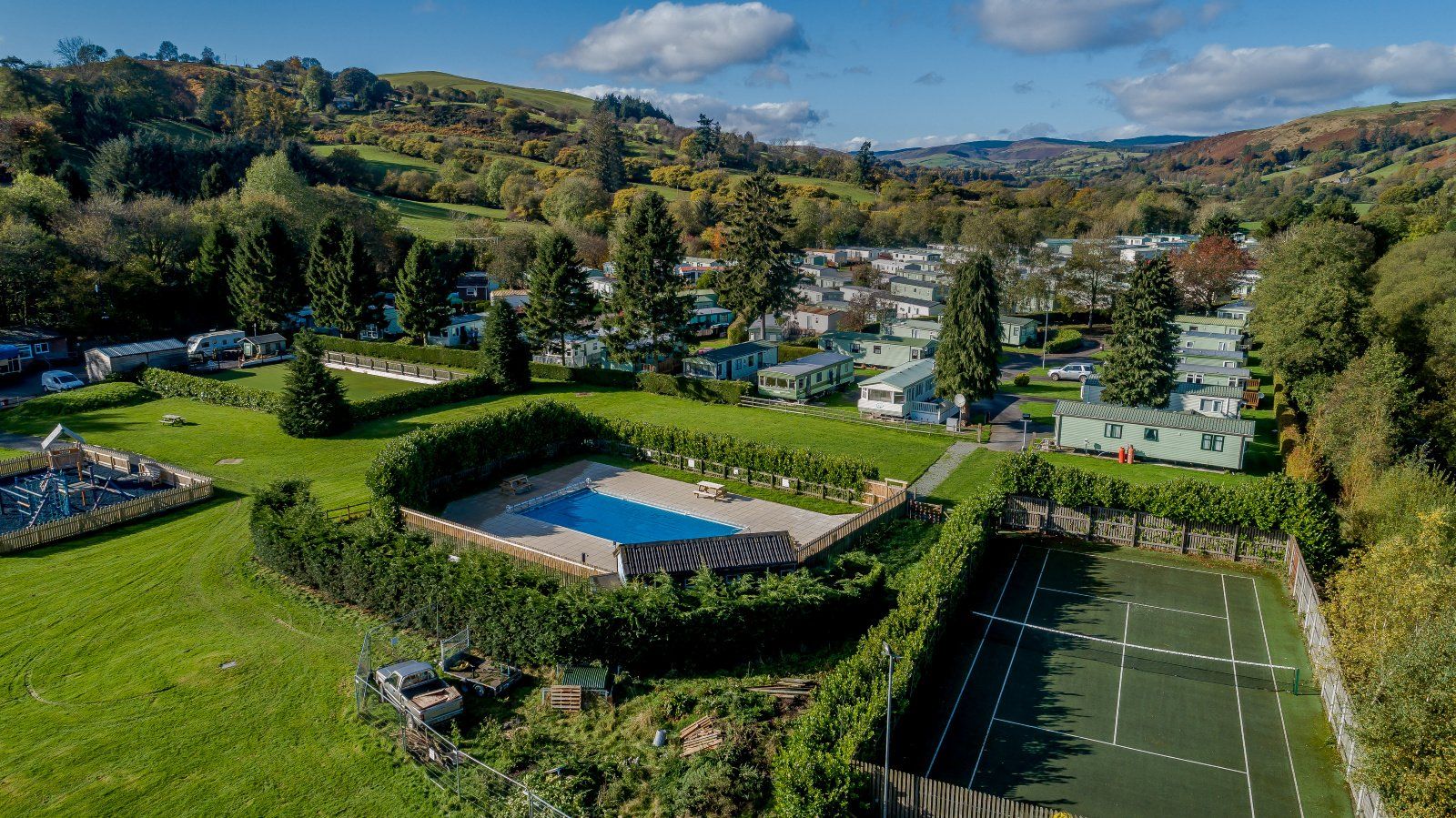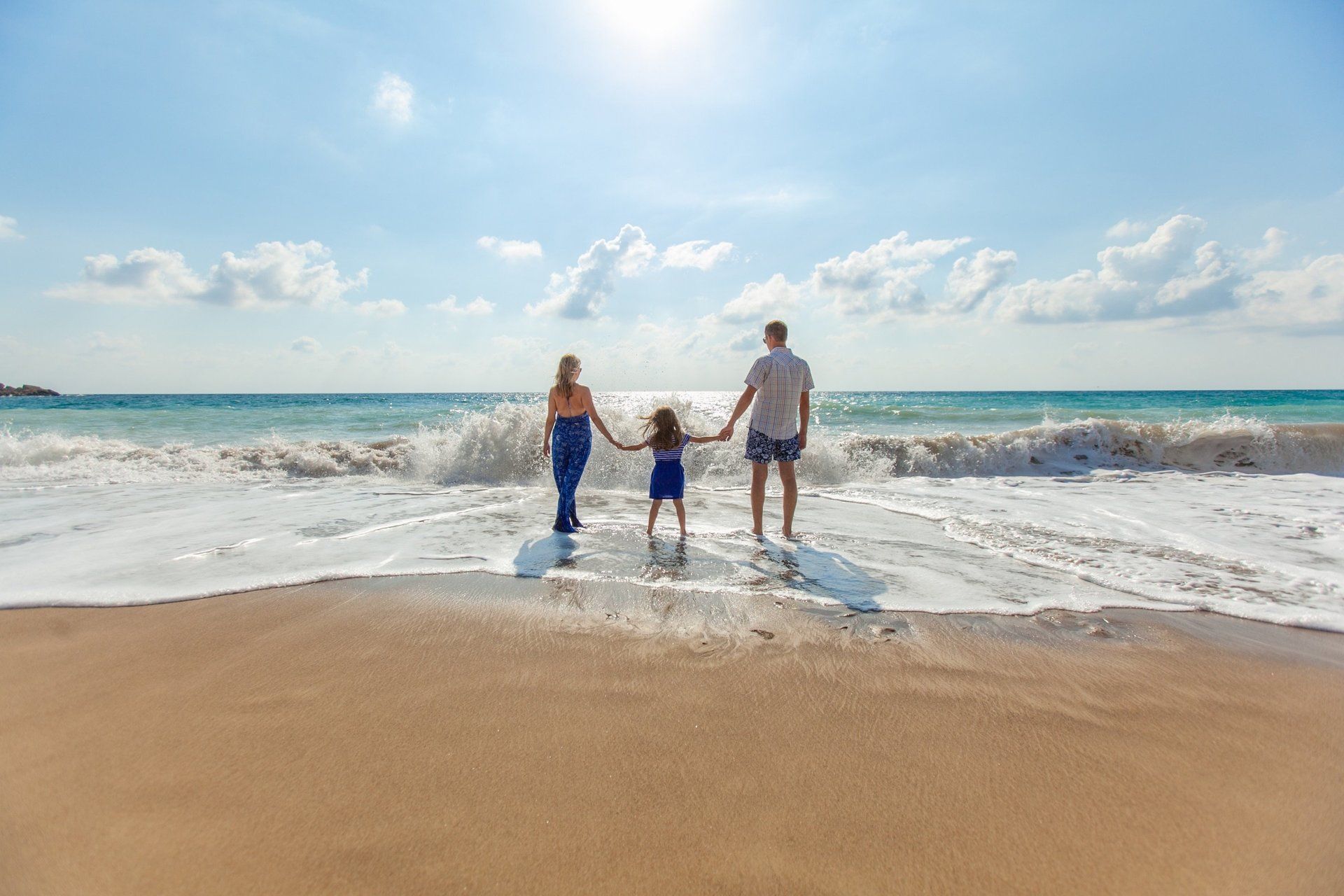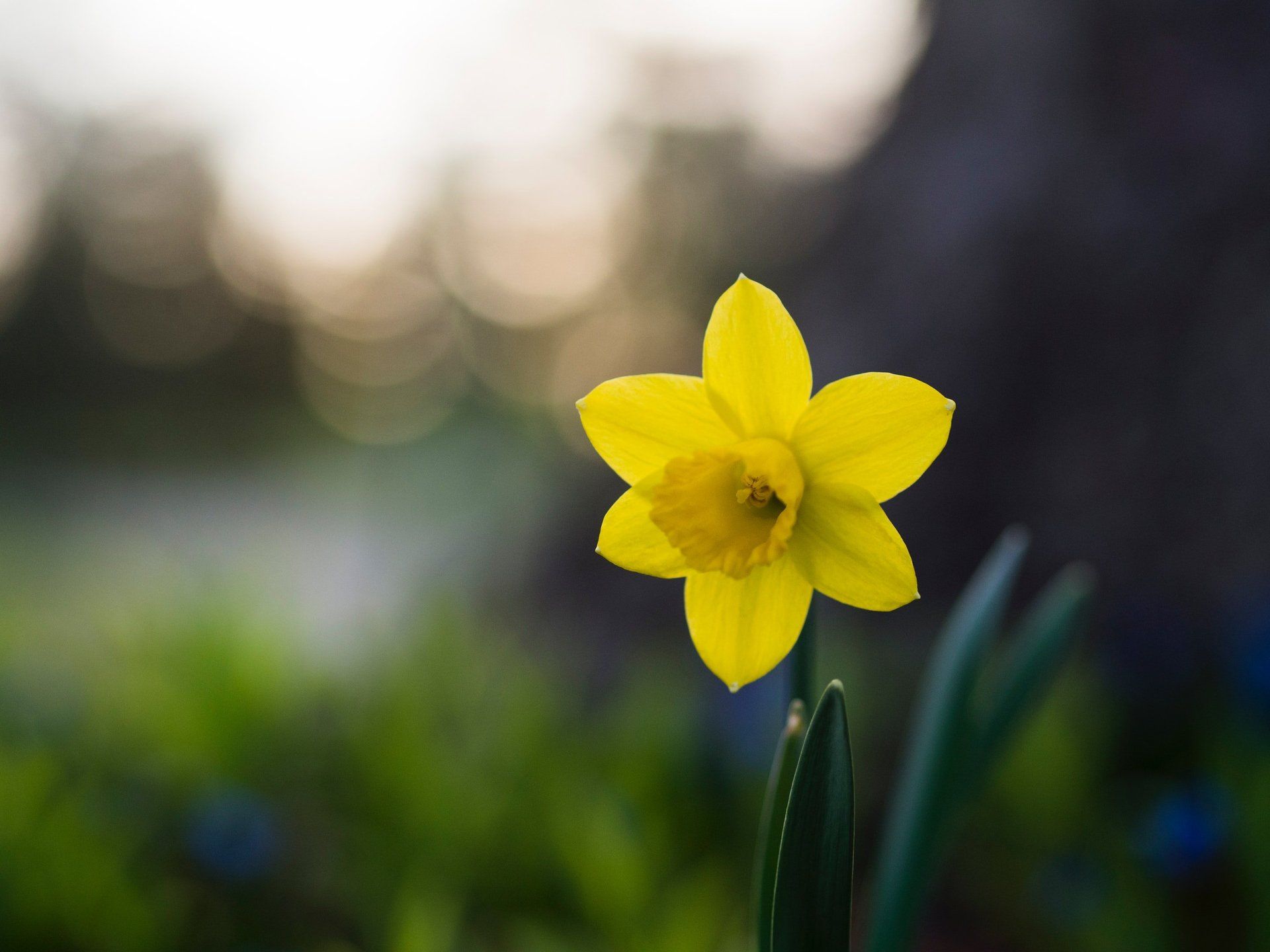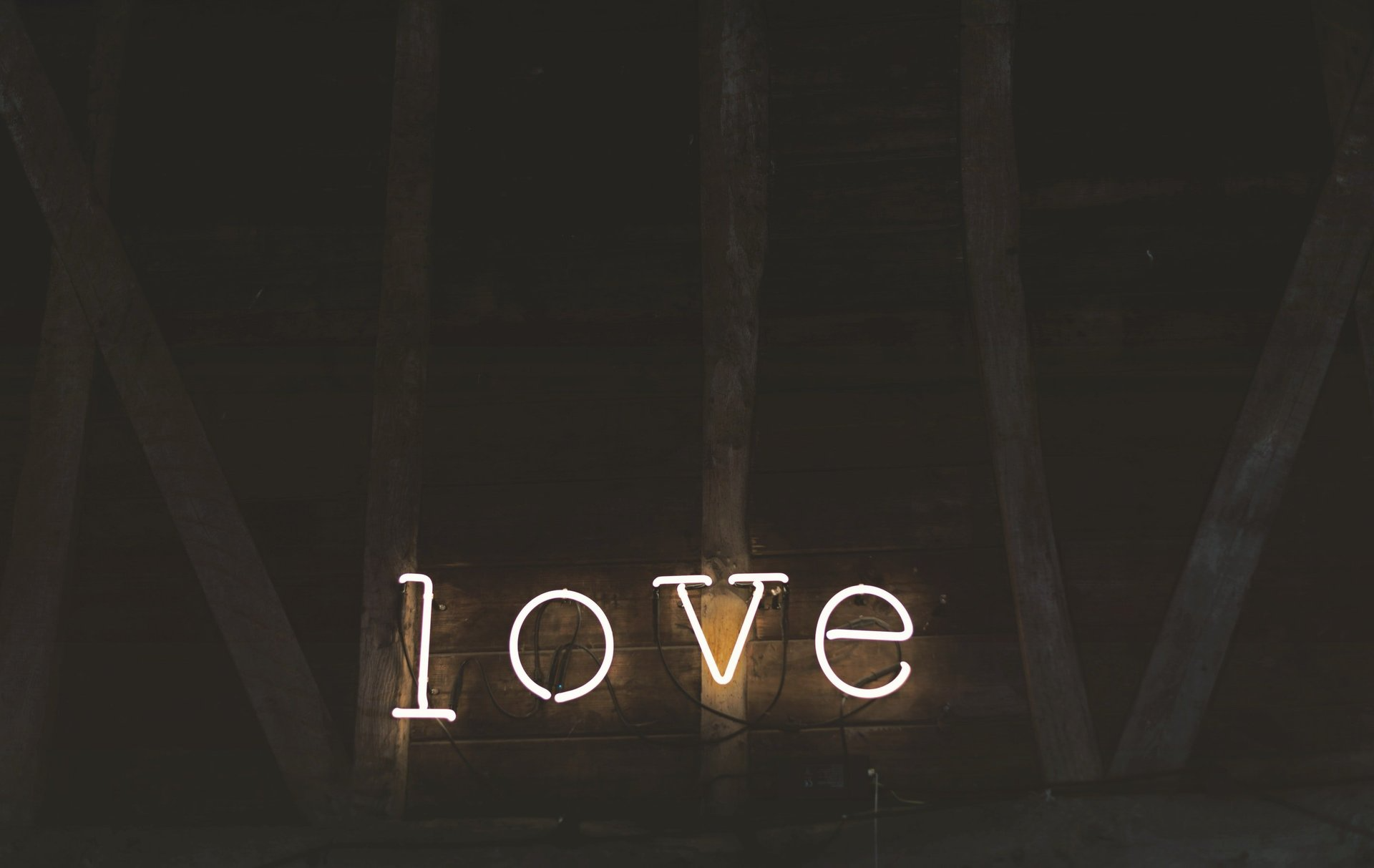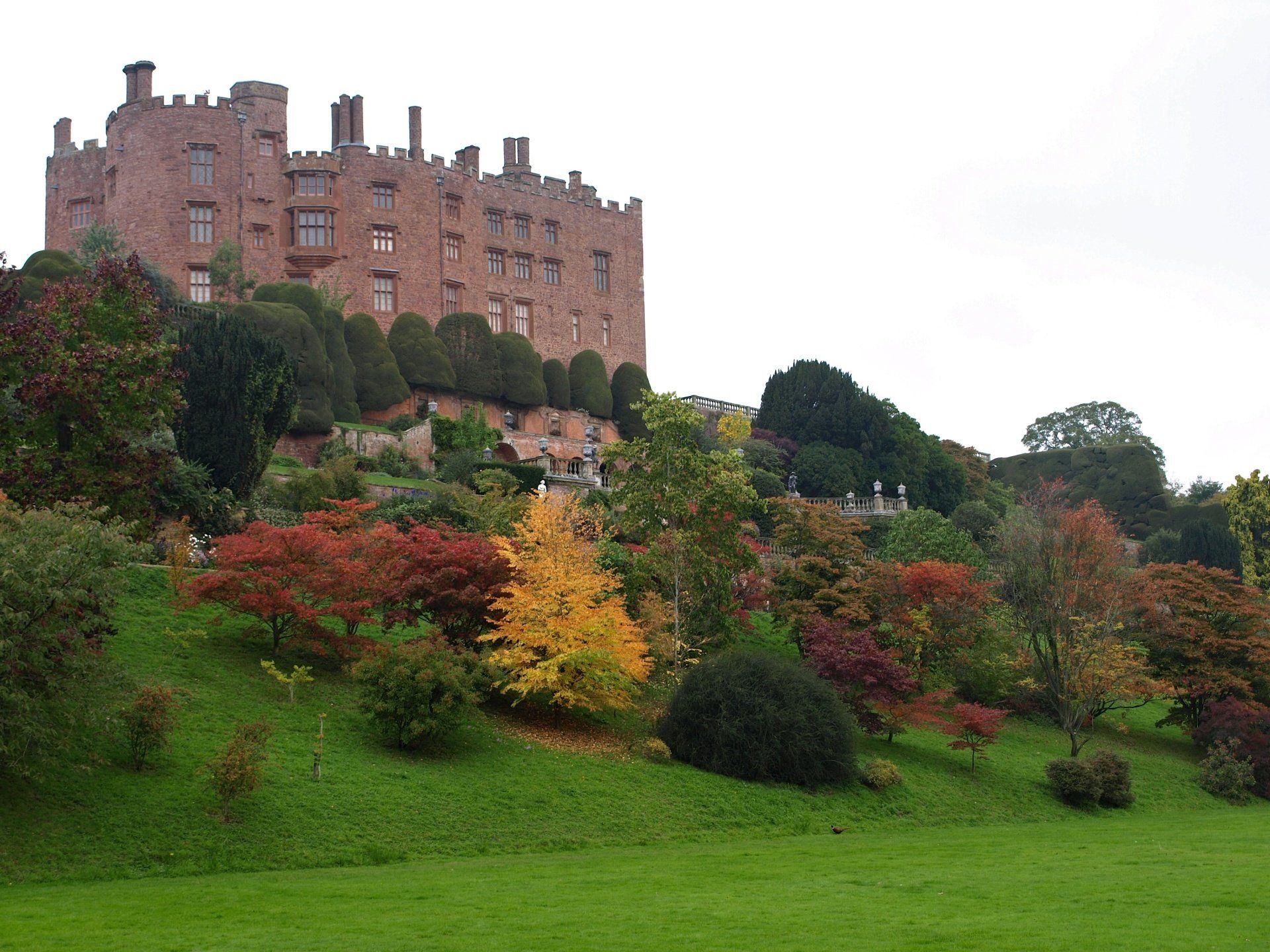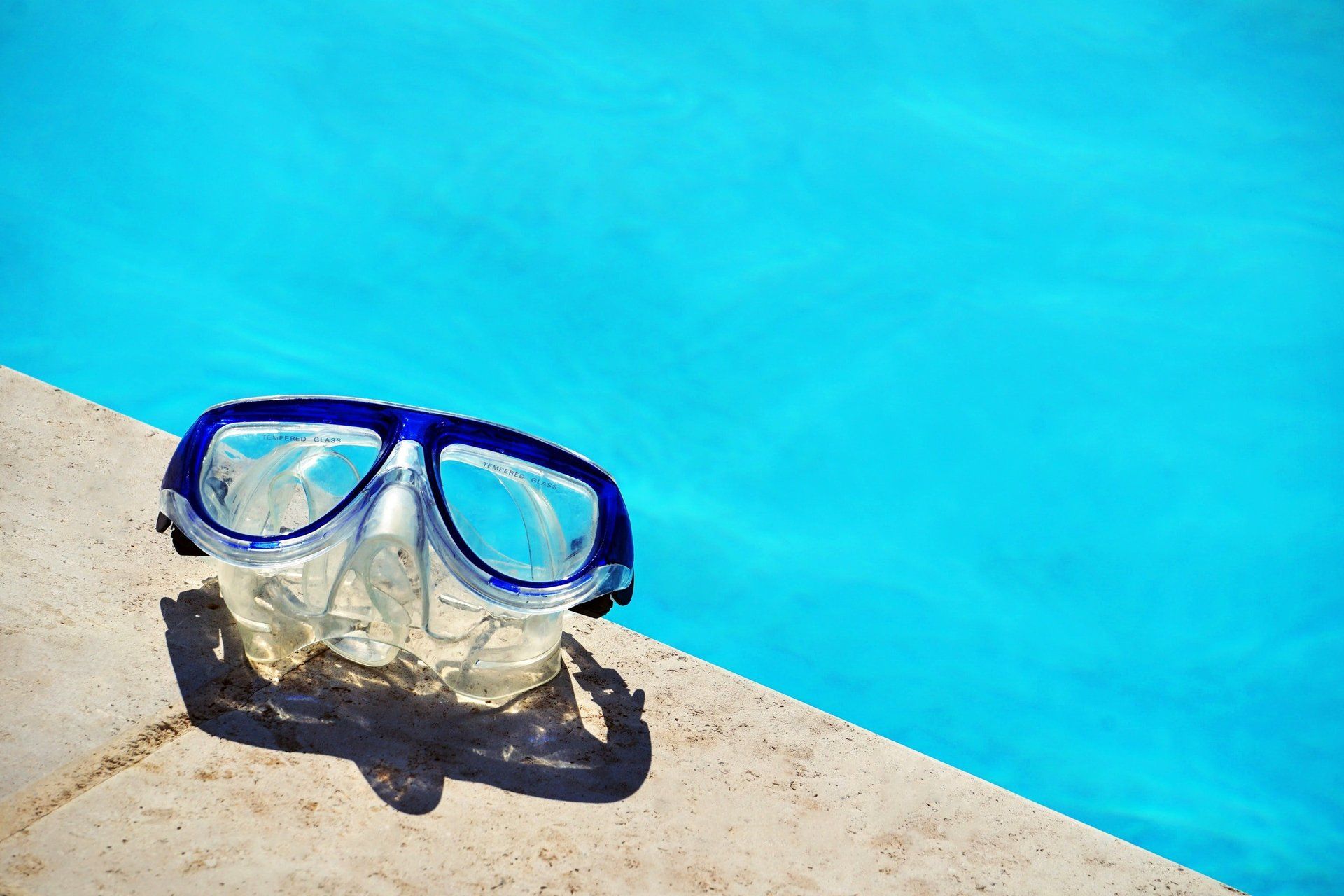Riding the Snowdon Mountain Railway
Hannah Wallis • Sep 04, 2020
A little trip to the clouds...
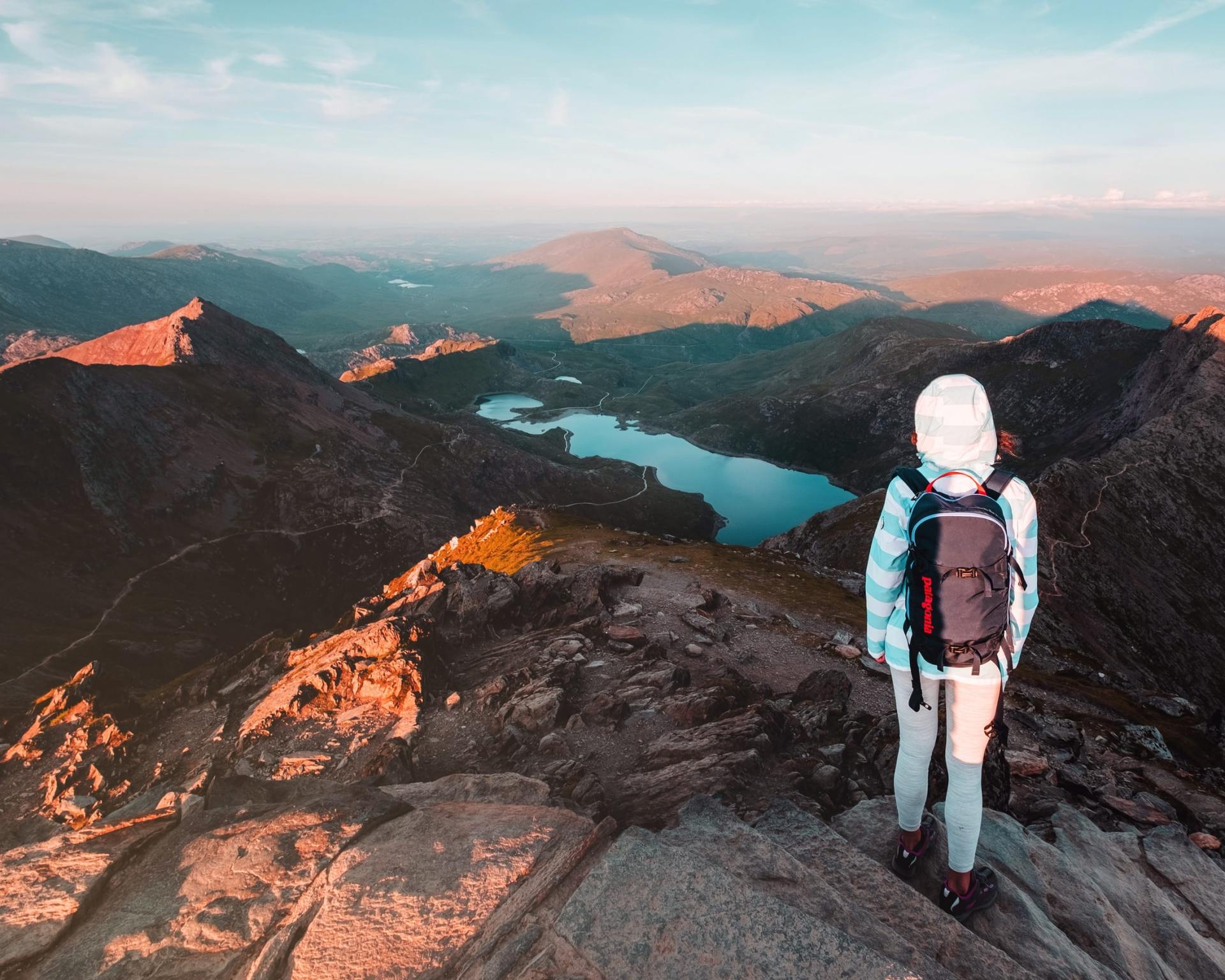
Ever dreamt of having your head in the clouds and taking in spectacular views? Then get ready for an unforgettable journey to Mount Snowdon’s Summit to witness the wonder of Wales like never before!
If you want to climb a mountain, there really is no better place to do it than Snowdonia in North Wales. Whilst most opt for the traditional route of walking to the Summit, some need an alternative and more accessible way to enjoy the breath-taking landscape of Snowdonia National Park, which is where The Snowdon Mountain Railway comes in.
Since 1896, the Snowdon Mountain Railway has scaled the highest mountains in England and Wales. Running from Llanberis to the Summit of Snowdon at 3,560ft, the Snowdon Mountain Railway is a unique rail journey right in the heart of Snowdonia National Park and has been rated one of the best things to do. From the first views of the waterfalls splashing into the gorge below, to the awe-inspiring sights over the edge of Rocky Valley, every moment on this trip is one to remember (be aware that the experience you will have naturally depends on the weather, which unfortunately can be very difficult to plan).
You even get the choice of what type of train you’d like to travel on – the Traditional Diesel Service or the Heritage Steam Experience. Whilst the Traditional Diesel Service is the newer form of transport, the Heritage Steam Experience uses accurate re-constructions of the original 1896 carriages. The route is the same for both types of trains though, with a return journey time of around 2 and a half hours with a 30-minute stopover of free time at the peak.
So, where do you go? Your journey begins in the village of Llanberis. Soon after you leave the station the train crosses the first two viaducts across the Afon Hwch river, where you’ll experience your first encounter with the natural beauty on offer here - the Ceunant Mawr waterfall.
Your train will then emerge into open countryside where you’ll get the first glimpse of the Summit. Continuing your journey, you’ll see lots of abandoned huts and dwellings that were once a home to local families.
You’ll then pass Hebron Station, which is named after the nearby Hebron Chapel. Did you know that in 1833 the poor families in the valley joined to build the chapel? Unfortunately, the chapel is uninhabitable, but its name lives on. Next up on the journey is the ruined farm of Helfa at the bottom of Cwm Brwynog, also known as the Valley of Reeds. Whilst it’s unclear exactly what this farm was for, people think it could have been a hunting lodge with wild boar hunting once common in the area.
With the ascent becoming steeper and steeper, you’ll then reach Halfway Station. Halfway Station is where the steam engines stop to refill their water tanks, in preparation for the final leg of the journey. As the train leaves Halfway Station and the gorgeous green valley, the train approaches a very dramatic edge of Rocky Valley – a rock-littered landscape with incredible views of the valleys below. Be sure to look out for the cars down below, they look like small ants down on the Llanberis Pass!
Now it’s time to reach Clogwyn Station, which offers spectacular views of the Llanberis Pass and Clogywn Du’r Arddu cliffs. This is as high as the trains can go in early Spring when ice prevents trains from reaching the Summit.
On arrival at the Summit, one of the world’s greatest panoramas is revealed. Hafod Eryri, the UK’s highest visitor centre, has the most spectacular views to the valleys below. On a clear day the views can stretch as far as Ireland!
For those of you that fancy a quick bite to eat or a drink whilst at the top, you’ll find the Summit Café. And, for those on the hunt for souvenirs unique to Snowdon there is even a Summit gift shop. You can even purchase a postcard from the Summit and send it from their very own Summit post box!
Here’s a fun fact for you. Did you know that the Railway’s carriages have been given their own names? Make sure you look closely when you visit as the steam carriages are named after some significant and beautiful natural sights of Snowdonia, while the newer carriages are named after famous people from Wales, including Dame Shirley Bassey DBE, Katherine Jenkins OBE and Tour De France cycling chief Sir David Brailsford.
Unfortunately, due to COVID-19 and the coronavirus restrictions, guests will be unable to visit the Summit for the remainder of 2020. The destination for the remaining 2020 season will be Clogwyn Station but visitors should be aware that there are not any facilities at Clogwyn, or on-board the train. The journey time to Clogwyn is approximately 45 minutes, with a 30-minute stop-over at the station. The decision has also been made to not operate the Heritage Steam Service for 2020 with a focus on the Traditional Diesel Service.
However, if you’re heading to North Wales this year and looking for somewhere to stay, we’d love to welcome you here at Twin Rivers! Not only are we a 49-minute drive away from Snowdon, we are also surrounded by Welsh countryside and are central to beauty spots such as Lake Vyrnwy and Barmouth.

By Leanne
•
05 Jan, 2021
2021 didn’t start with a bang like every other new year. No real fireworks, no mass crowds belting out Auld Lang Syne, in fact no gatherings at all. We all missed family and friends this Christmas and settled for a quiet festive period in the hope that we would help shift along this pandemic. And so far, this year, that seems a little further away than we’d all hoped. However, with this last push of lockdown 3.0 and the heavy reliance on the new vaccines, we all sit and hope that there will very soon be an end to what has been an exceedingly difficult year. And, although we could all dwell on the negatives, there are many, we’re hoping that this new year will bring cheer, new opportunities, and the chance to hug our loved ones again. With that in mind, here at Twin Rivers Holiday Park we are gearing up for a happy, healthy 2021 and cannot wait to welcome back our customers, past, present and new. Once we are through this lockdown, staycations are set to make a return for this year and we’re working hard to make Twin Rivers staycation central. So, whether you’re looking for a romantic break for two complete with champagne on ice and steaming hot tub or a fun-packed family holiday look no further than Twin Rivers. We have a variety of bespoke, modern accommodation including glamping units, shepherds’ huts, and deluxe lodges for you to choose from and we can cater for all budgets. Plus, your stay will include use of our facilities including outdoor heated swimming pool, children’s play park and fishing (when in season) (COVID-19 restrictions permitting).
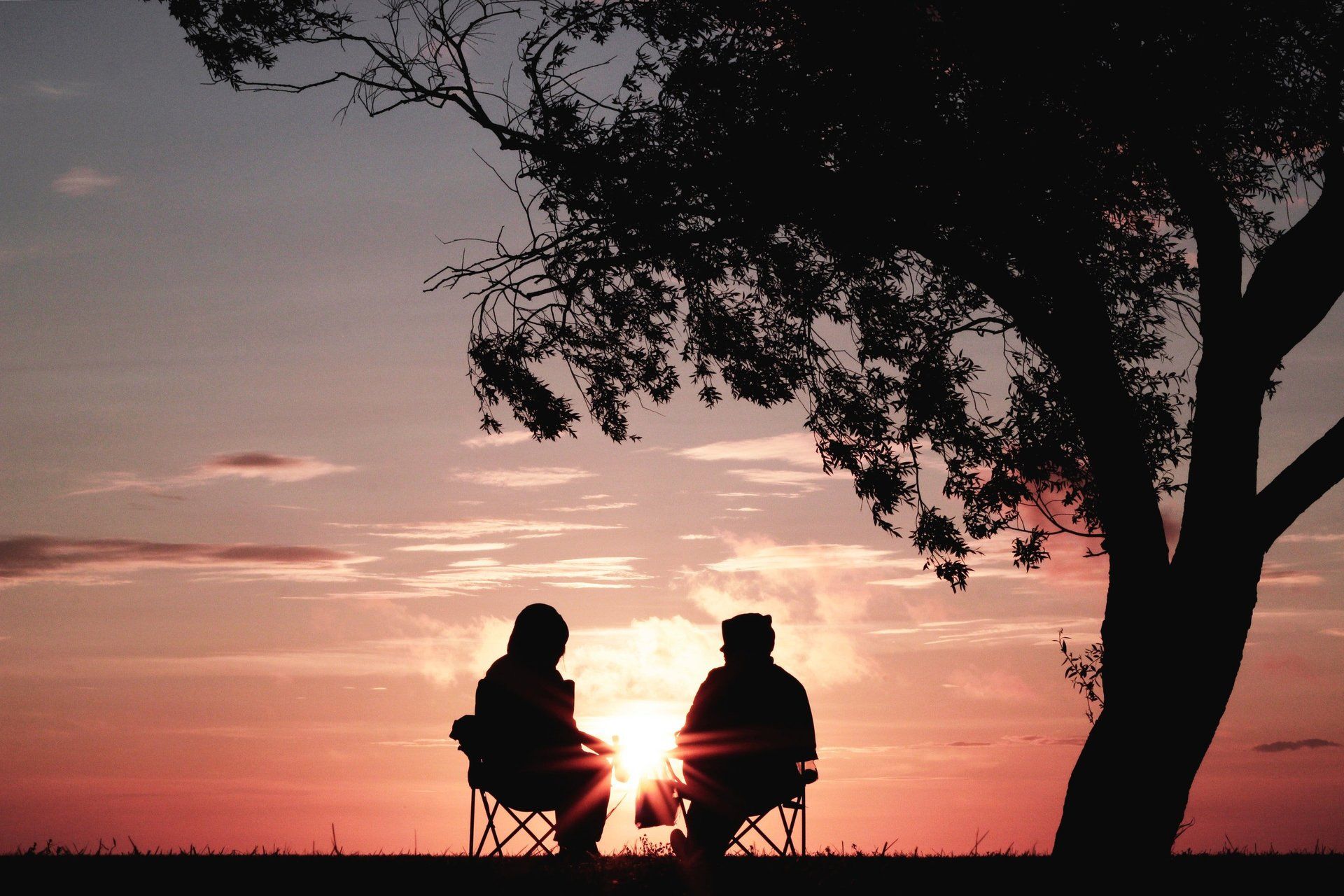
By Leanne
•
16 Dec, 2020
If you’ve never been to Wales before perhaps the first thing you’ll notice is the road signs are in two different languages, Welsh and English. That’s because Wales has its own language and when you’re out and about it’s guaranteed you’ll hear the locals speaking in their native tongue. Welsh or Cymraeg is spoken by approximately one quarter of the Welsh population and is thought to be up to 4000 years old. It originates from the Celtic language spoken by the ancient Britons. But the language is lucky to have survived because it was banned and laws were passed which removed the official status of the language after Henry VIII’s act of union in 1536. So, the Welsh language was suppressed as people had to work and progress whilst speaking English. But that’s not all. During the Industrial revolution, native English speakers moved to Wales, further diluting the Welsh language as many workplaces adopted the English language or became bilingual. English was fast becoming the default language of Wales and by the 20th century it looked likely that Welsh language would die out altogether. Thanks to many political campaigns during the mid to late 20th century, the Welsh language was brought back from the threat of extinction. And in 1992, thanks to the Welsh Language Bill, the language was given equal status to English in all public bodies. Today, Welsh schoolchildren are taught the language until they are 16, there are welsh schools, TV channels, films, and newspapers. In some parts of Wales, Welsh is the first language. If you’ve booked your staycation at Twin Rivers Holiday Park in one of our deluxe lodges or unique glamping units, we can’t wait to meet you, but we’ve also provided a whistle-stop tour of the Welsh language to help you get by on your travels. 1. Su’mae – hello (pronounced shoo-mai) 2. Cymru – Wales (pronounced kumm-ree) 3. Cymru – Welsh (the language) (pronounced kumm-ry-g) 4. Bore da good morning (pronounced bore-ray-dah) 5. Prynhawn-da – good afternoon (pronounced prin-how’n-da) 6. Nos-da – good night (pronounced nohs-dah) 7. Sut mae? – how are you? (pronounced sit-mi in North Wales 8. Os gwelwch yn dda – please (pronounced os-gwell-och-un-thar) 9. Diolch – thanks (pronounced dee-olch 10. Croeso – welcome (pronounced croy-so)
Foel, Welshpool, Powys SY21 0NS
© 2021 All Rights Reserved | Twin Rivers Country Park
Website designed by Brand & Flair Ltd
Join our mailing list to receive discounts, useful tips, park news and updates...
Join our mailing list for general park news
Thank you for joining our mailing list.
We will get back to you as soon as possible.
Oops, there was an error adding you to the list.
Please try again later.

